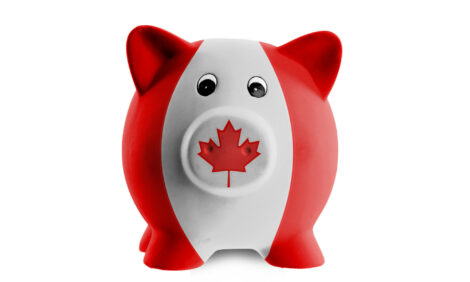



Retail Pork Prices Still Rising; Relief Expected in Fall, Says Economist
US - Retail pork prices will keep rising to record highs this summer as the number of hogs going to market over the next several months will be lower than expected because of the PED virus, smaller spring farrowings and growing foreign purchases of US pork, Purdue University agricultural economist Chris Hurt says.But he also expects the price increases to level off in the fall and move somewhat lower into the winter as producers benefiting from higher profits increase production. Although producer profits were at a record high near $70 per head in the second quarter this year, he says the record will be surpassed this summer, with third-quarter profits expected to exceed $90 per head.
"These extremely high profits are clear signals for producers to increase pork production," said Dr Hurt, who analyzed the US Department of Agriculture's Hogs and Pigs report, released 27 June. "The report did reveal that producers have received this signal, and they intend to increase farrows by 4 per cent this fall."
If producers start the expansion and the porcine epidemic virus that has been killing piglets is better controlled, pork supplies can begin to grow by next spring to 4-6 per cent in the last three quarters of 2015, Dr Hurt said.
"More relief from record-high retail pork prices can be expected in the second half of 2015 as pork supplies build," he said.
While he believes that pig losses from PEDv will likely trend lower this summer, he says the USDA report suggests that the disease is far from controlled, with the virus apparently continuing to inflict greater numbers of deaths in the spring than had been expected.
"The general opinion had been that the PEDv death losses would be reduced as the weather warmed this spring, because PEDv does not spread as readily in warm weather," Dr Hurt said. Death losses of about 8 per cent in the winter were still about 5 per cent in May.
There was expectation that the nation's breeding herd was already in expansion, Dr Hurt said. The industry had returned to profitability in the fall of 2013 as corn prices dropped sharply, and pork producers had earlier indicated they would farrow 2 per cent more sows over the spring. The USDA, however, found that the breeding herd was down fractionally and that the spring farrowings were also down modestly.
Record-high retail beef prices have some consumers looking around the meat case for alternatives such as pork. In May, USDA estimated the average grocery store price of beef cuts at $5.91 per pound; the average cut of pork, on the other hand, was $4.10 per pound.
"Even though this was also a record pork price, it was $1.81 a pound lower than beef," Dr Hurt noted.
He also said foreign consumers have been strong competitors for limited world supplies of pork.
"Losses from PEDv have been highly publicized since February, and this has seemingly contributed to aggressive foreign buying of pork in an attempt to avoid the summer pork shortages resulting from peak baby pig deaths last winter," he said.
As a result, prices for live hogs in the first half of 2014 averaged a record of about $80 per hundredweight, nearly 25 per cent higher than the same period in the previous year.
"The full impact of smaller pork supplies will be felt this summer with new record-high hog and pork prices," Dr Hurt said.
Third-quarter live hog prices are expected to average in the low-to mid-$90s before moderating in September and moving downward to the low-to mid-$70s for the final quarter of 2014.








